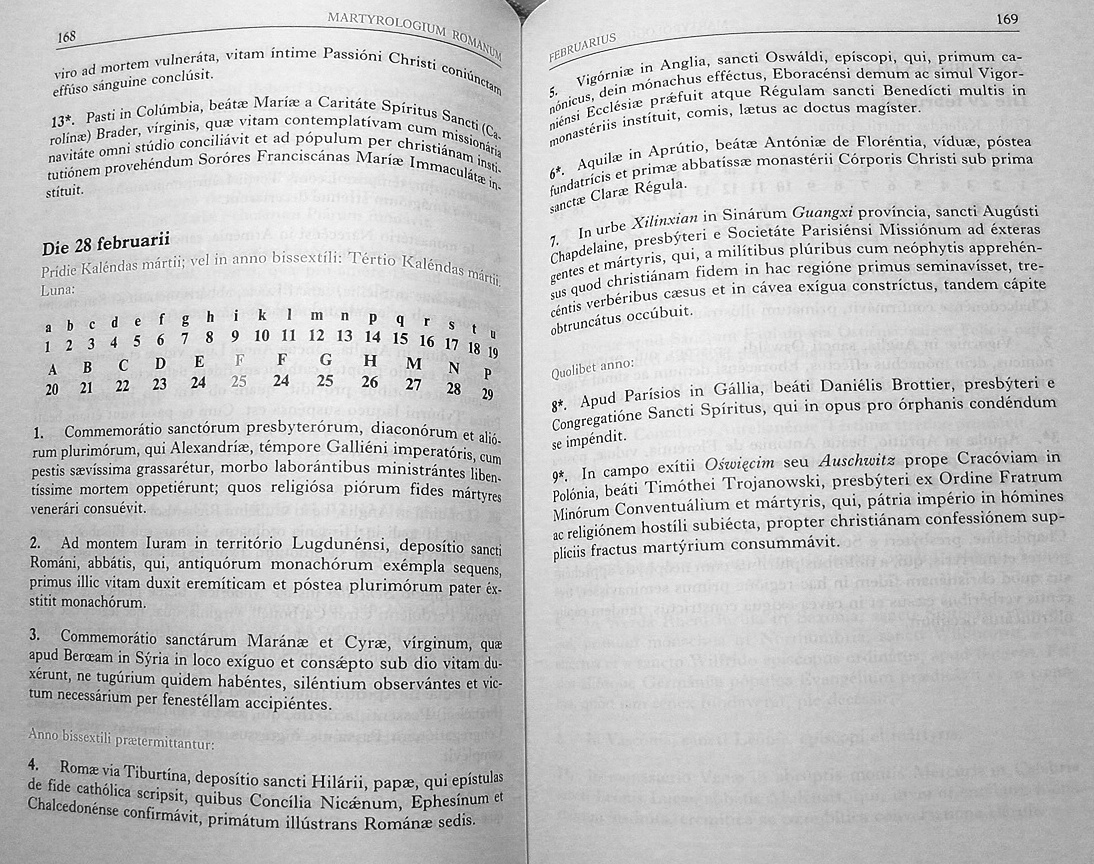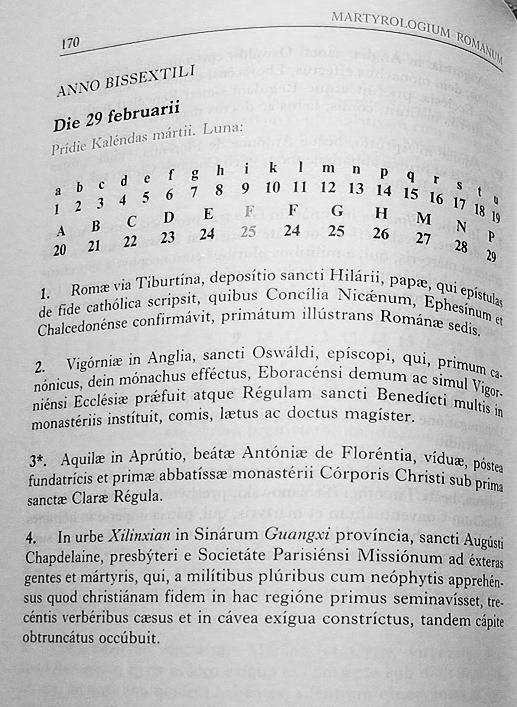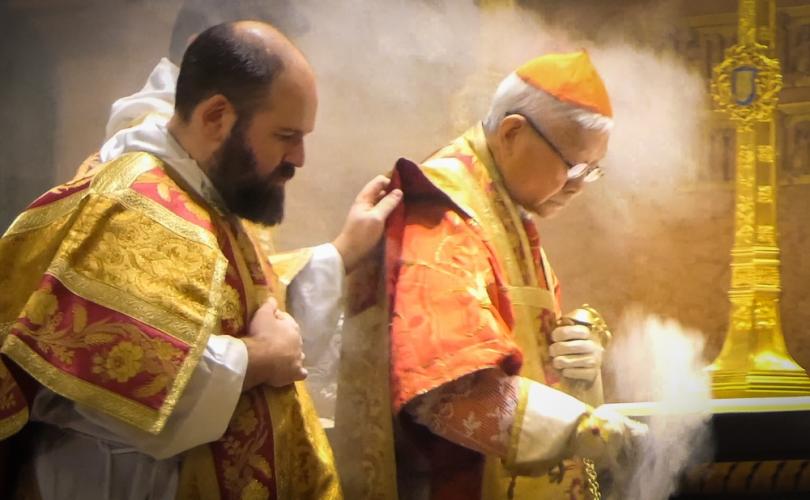In other words, don't let the pro-aborts control the narrative!
From First Things
By John Waters
I would like to suggest a seventh rule to add to Mary Eberstadt’s “Six Rules for Pro-Life Radicals.” This additional rule was implicit in several of the six she listed, so she may have been presuming it axiomatic—so fundamental as to not require restating. But I believe that this rule does require restating and that it should be explicit. Indeed, I think that when pro-lifers keep this rule implicit it produces problems in the larger abortion debate: One side in the argument thinks the truth about abortion too obvious to reiterate, while the other side, not wishing to hear the truth, encourages this lacuna.
Rule #7: Always state—and where possible, illustrate—the true nature of abortion.
The pro-abortionists in politics, media, and the professional agitation classes have succeeded in censoring depictions, even descriptions, of abortion, thus removing the gruesome reality of abortion from the discussion. They achieved this by constructing a culture of euphemism and evasiveness, policed by effete concepts of politeness and “good taste” that, deeper down, reveal that many of those promoting abortion know precisely what it is they are seeking to elide. Their greatest “accomplishment” has been presenting abortion as an all-but-routine procedure designed to save a woman’s life. Absent this achievement, no population of sensible humans could ever have delivered a majority for abortion.
In some countries, such as the United States, the authority of the people was bypassed by judges. But such decisions might have been subject to popular overthrow had circumlocution and euphemism not been central to their conception. In Roe v. Wade abortion was ushered in the back door by removing the process of human butchery from sight and filing it under “Right to Privacy”: the privatization of human annihilation.
Someone recently sent me a video of a child of perhaps two months’ gestation. The child had survived a botched abortion and been born alive. The still living body is in a petri dish and two women inspect it. One of them prods and mauls the child’s body with white-gloved fingers while the child seeks to evade them, moving his hands to cover his face as if already suspecting everything of the evil of the world. Rarely has Kahlil Gibran’s evocation of “Life’s longing for itself” been so heartbreakingly illustrated. What I felt watching it was not merely horror or pity, but a sense of metaphysical affront at having to observe a fellow human being in this unspeakable situation.
I have no doubt that, if it had been possible to show this video to voters on their way to the polling booths in the Irish referendum of May 25, 2018—accompanied by the question, “Is this where you wish to take us?”—Article 40:3:3 of the Irish Constitution would have remained unmolested. I submit that no judge, legislator, or voter who is contemplating adding his tick to the abortion box has the right not to look at such material. There can be no right to squeamishness in this matter.
And yet, by an extraordinary process of emotional bullying and obfuscation, abortion fanatics have successfully created a safe zone for their death culture, which has come into being without those who were duped into facilitating it having to face its actual reality. They did this by making the condemned child emotionally inaudible and invisible. In Ireland, the ideological campaign to impose abortion—conducted almost relentlessly for 35 years—involved semantic abuses of reason and language, which succeeded because we allowed human life’s longing for itself to become hermetically sealed off from the moral equation under consideration. By euphemism and elision, the “pro-choice”—we should say “pro-abortion”—side successfully focused the discussion on the circumstances and moral context relating to the woman bearing the child, depicting the “fetus” as no more than inanimate tissue, a form of malignant growth within the body of the woman who has set her heart against allowing this other person to live. This was partly a failure of the churches and the mainstream pro-life lobby. Fearful of being deemed fanatical, they acquiesced in the implicit demands of the pro-abortionists that the discussion be so sanitized.
This evasion mechanism depended upon the unborn child being deemed undeserving of inspiring emotion, which made it possible to forbid the invocation of sentiment or empathy on his or her behalf. Notably, the “debate” preceding the Irish referendum of 2018 was rigorously policed to ensure that those who spoke on behalf of the child would be confined to making abstract, theoretical, and academic arguments. This was achieved with the dedicated assistance of partisan media but also with the collaboration of many on the other side, who failed to note that they were often putting decorum before truth-telling in the prosecution of their case. Yielding to blackmail allegations about a failure to consider the mother, many pro-life activists ended up emphasizing the mother to the point of leaving the baby unrepresented. Once this happened, the argument was more or less over.
This occurred as the culmination of a long war of attrition. Back in 2013, during the parliamentary debate on the Protection of Life in Pregnancy Bill—the thin end of the abortion wedge in Ireland—one pro-life contributor, Sen. Jim Walsh, noted how sanitized the discussion was. He managed to put on the record of the Seanad (upper house) a true depiction of abortion. He read out a description of an abortion procedure taken from evidence given to a 1984 U.S. House of Representatives committee by Dr. Anthony Levantino, a U.S. obstetrician who had conducted up to 1,200 abortions. Performing a D&E (dilation and evacuation) abortion following his daughter’s death in a car accident, Levantino “got sick.” That was to be his last abortion.
Sen. Walsh provided the Seanad with extensive extracts from Levantino’s evidence, including:
The toughest part of a D&E abortion is extracting the baby’s head. The head of a baby that age is about the size of a large plum and is now free floating inside the uterine cavity. You can be pretty sure you have hold of it if the Sopher clamp is spread about as far as your fingers will allow. You will know you have it right when you crush down on the clamp and see white gelatinous material coming through the cervix. That was the baby’s brains. You can then extract the skull pieces. Many times a little face will come out and stare back at you.
During Sen. Walsh’s delivery of this description, one longtime abortion activist senator walked out. The leader of one of the governing coalition partners declared the contribution “inappropriate and over the top.” A headline in the Irish Times next day declared, “The air froze in the chamber: Walsh’s input was disgusting.” Over subsequent days, various women who had had abortions or miscarriages were wheeled out to reclaim all pain, grief, and death for women.
But since all those who objected subscribed to the view that a “fetus” is merely a “clump of cells,” why on earth were they troubled or upset? If you don’t believe a “fetus” has human properties, why object to hearing the process of its destruction described?
In the six-month campaign that preceded the 2018 referendum, I spoke many times all up and down the country, frequently at morale-boosting gatherings of pro-life canvassers. Invariably, these gatherings featured speakers offering tactical advice to door-to-door canvassers, advice that followed principles long established within the pro-life movement. One piece of advice was: Never refer to abortion as murder.
I understand. For all you know, the person on the doorstep, or her daughter, or his sister, may have had an abortion. You do not want to lose a voter before you’ve set out your stall. A standard approach in door-to-door canvassing is to start in the middle of the argument. Then, when you develop a sense of where the person stands, you can soften or harden slightly—depending on the person—until you find a solid point of engagement.
The problem is that this tactic is now almost the only strategy that the pro-life movement and the Catholic Church uses—in Ireland, at least. The emphasis is on not giving offense, on not being direct, on being as agreeable as possible in the hope of . . . what? In the hope that your mark might be so impressed by your agreeableness that he or she will vote whichever way your leaflet prompts? I don’t think so.
The regimes of death, noting this approach, have begun taking liberties. After all, if pro-lifers are no longer openly saying that abortion is the deliberate killing of an innocent child—and invariably wrong—why not hold them to that logic? Under orders from dishonest politicians, police forces are increasingly using inappropriate instruments like public order legislation or breach-of-the-peace provisions to justify gagging pro-lifers. Ironically, they are penalizing those doing what police forces are supposed to do: protect the vulnerable from attack by the strong. In the Irish campaign of 2018, An Garda Siochána (police) took to seizing graphic images of unborn babies from canvassers, even though there is no precise law entitling them to do this. In May 2018, the month of the referendum, police in the Isle of Man declared that “graphic” images of abortion “may be distasteful but they are not illegal.”
Ominously, legislators (including members of the outgoing Irish government) have been dropping broad hints about imposing exclusion zones around abortion clinics to stop protestors from conveying the truth of abortion at the front line. Belgium is currently proposing to introduce an “offense of obstructing abortion,” with penalties including jail sentences of from three to twelve months and fines of up to €500 for anyone who tries to “prevent a woman from gaining access freely at a health facility practicing voluntary termination of pregnancy.”
Abortion activists frequently try to suppress “graphic” anti-abortion material by citing concern about the sensitivities of children. The standard claim is that such “gory or obscene” images cause “distress and offense,” which no doubt they do. But such distress and offense is essential in conveying to the public that abortion is not like an operation for an ingrown toenail, but the execution of a human being.
In my life as a working journalist, I have examined many sets of images of autopsies on the bodies of murdered persons. These do not make for easy viewing. But often, to learn something crucial about the facts of a case, it is vital that you not allow squeamishness to get in the way of understanding. And as with journalists, so it must be with legislators—which, in the event of a referendum, means every single voter and possibly every respondent to an opinion poll on this topic. There is no right to plead fragility of heart or stomach when the lives of innocents are at stake. It is one thing to vote for abortion if you have scrutinized everything and remained implacable; it is quite another if you have refused to look at what abortion is really like.
John Waters is an Irish writer and commentator, the author of ten books, and a playwright.




 Dearest Eminence,
Dearest Eminence,